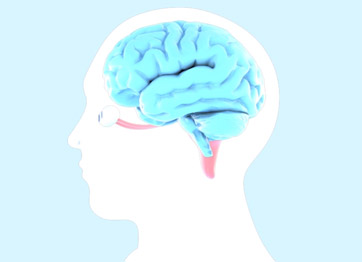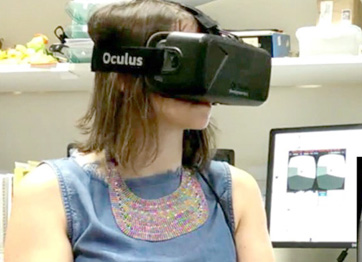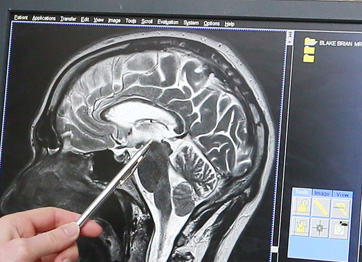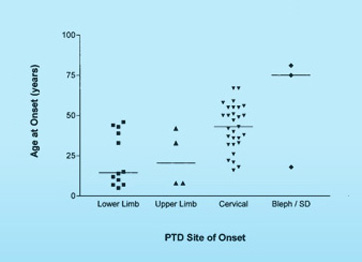Our Research
Our research is driven by a desire to understand dystonia. Enhanced understanding and the in-depth behavioral results arising from our research will impact on clinical advances, potentially leading to new therapeutic tools.
Core Hypothesis:
A core hypothesis, which underlies much of the work of the IDRG is that cervical dystonia is caused by defective inhibition of sensory and motor neurons in the superior colliculus as a result of reduced gamma-aminobutyric acid activity.
Our research projects are designed to test this hypothesis from several angles:
- Exploration of the behavior of visual, motor and somatosensory processing.
- Assessment of the functioning of the superior colliculus through functional magnetic resonance imaging (fMRI), and
- Determination of epidemiological, environmental and genetic factors in the development of dystonia.
Follow the links to find out more about each of our research topics.






